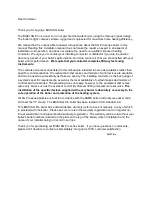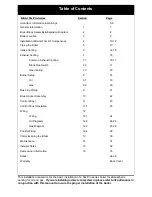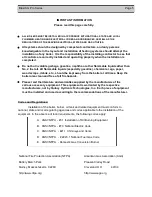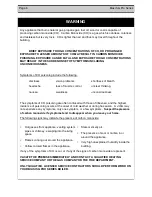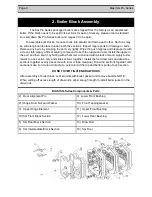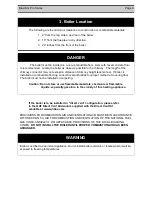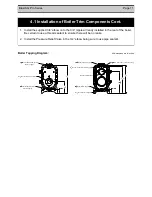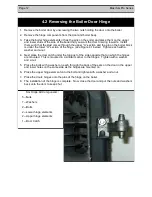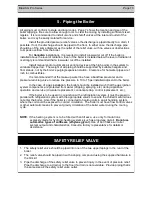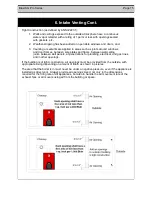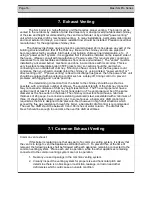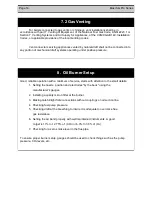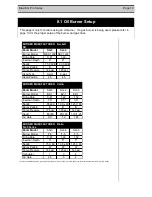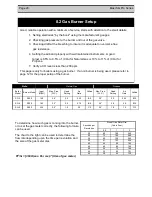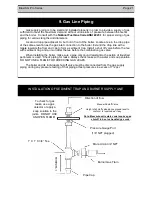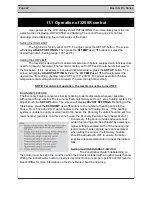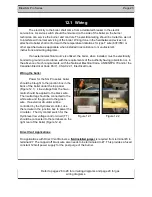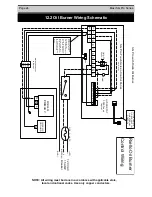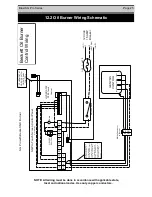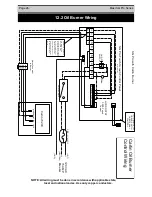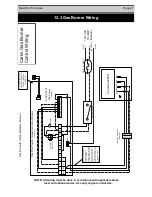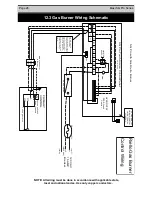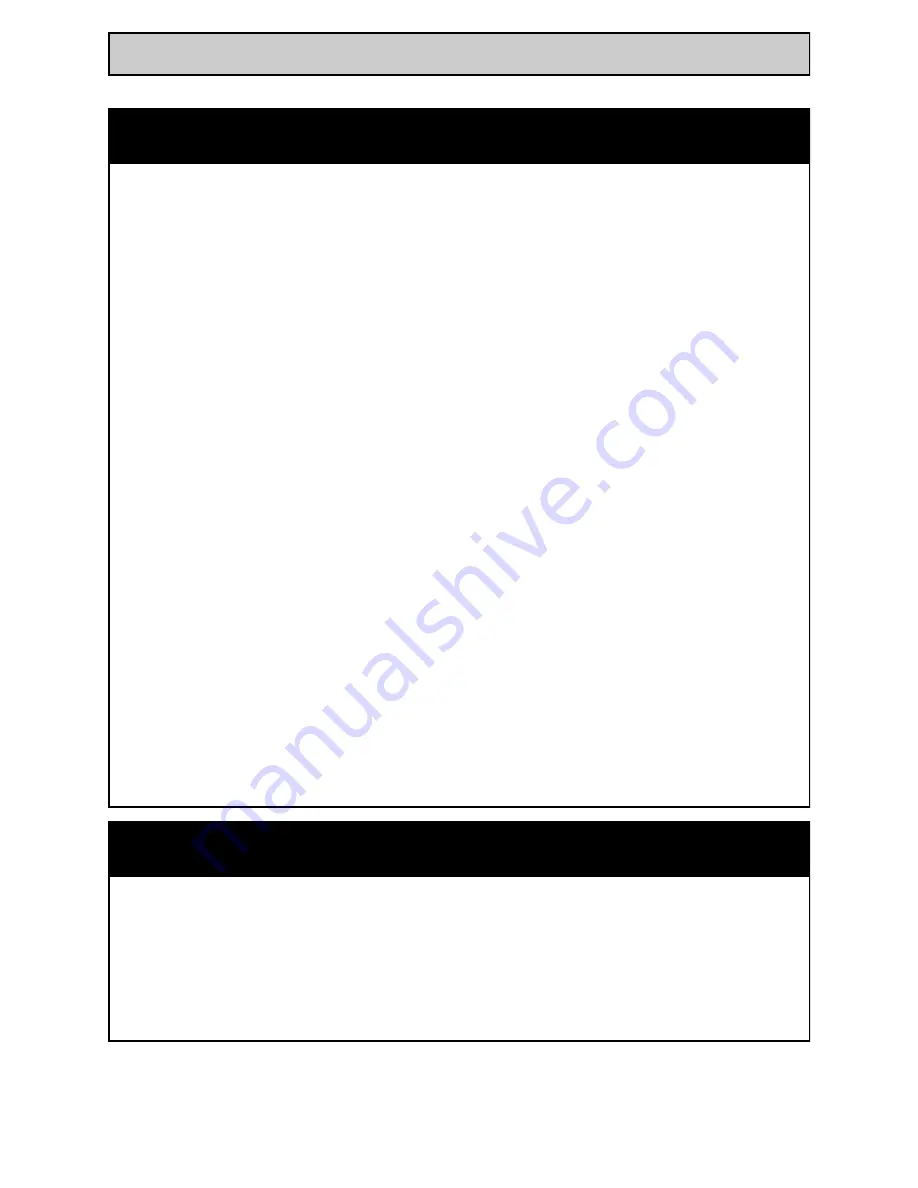
Biasi SG Pro Series
Page 13
SAFETY RELIEF VALVE
1. The safety relief valve should be piped into one of the two upper tapings in the rear of the
boiler
2. The relief valve should be piped in with a doping compound using the supplied hardware in
the trim kit
3. Pipe the discharge of the safety relief valve to prevent injury in the event of pressure relief.
Pipe the discharge to a drain or to the floor if a drain is not available. Provide piping that is
the same size as the safety relief valve outlet.
All piping must conform to state and local codes. Page 7 shows the location and size of the
boiler tappings. Be sure to allow enough room to clear the casing by installing sufficient sized
nipples. It is recommended to install unions and shutoff valves at the inlet and outlet of the
boiler, so it may be easily isolated for service.
Install the provided pressure relief valve so the discharge is piped directly to a drain, if
possible. If not, the discharge should be piped to the floor. In either case, the discharge pipe
should be of the same diameter as the outlet of the relief valve, with no valves or obstructions
to impede overflow from the boiler.
For
Canadian
installations, it is required to install a low water cut off if the boiler is
installed above the level of radiation. Even if the boiler is installed below the level of radiation it
is strongly recommended that a low water cut off be installed.
Install manual and/or automatic air venting devices at the high points in the system to
eliminate trapped air. The weight of all piping should be supported by suitable hangars and
floor stands, not by the boiler’s purging/expansion station. Clearance for hot water pipes are 1
inch to combustibles.
It is recommended that the make-up water line have a backflow preventer and a
pressure-reducing valve to reduce line pressure to 10 to 15 psi installed adjacent to the boiler.
In the case of a gas installation, the boiler should be installed such that the gas ignition
system components are protected from water (dripping, spraying, etc.) during appliance
operation and service (circulator replacement, condensate trap, control replacement, etc.).
If the boiler is to be used in conjunction with a refrigeration system, it must be piped in
parallel with refrigeration system with the appropriate valves to ensure the chilled medium does
not enter the boiler. Also if the boiler is connected to heating coils in an air handling system,
where the coil could be exposed to cold air circulation. The boiler must have flow control valves
or other automatic means to prevent gravity circulation of the boiler water during the cooling
cycle.
NOTE
: If the heating system is to be filled with antifreeze, use only formulations
expressly made for hydronic heating systems (such as propylene glycol).
Do not use
automotive types of antifreeze (ethylene glycol).
Use of antifreeze will alter
system output and characteristics. Consult a factory representative for details or
assistance.
5. Piping the Boiler
Summary of Contents for SG-3
Page 2: ...Page 2 Biasi SG Pro Series...
Page 33: ...Biasi SG Pro Series Page 33 Notes...
Page 34: ...Page 34 Biasi SG Pro Series Notes...



